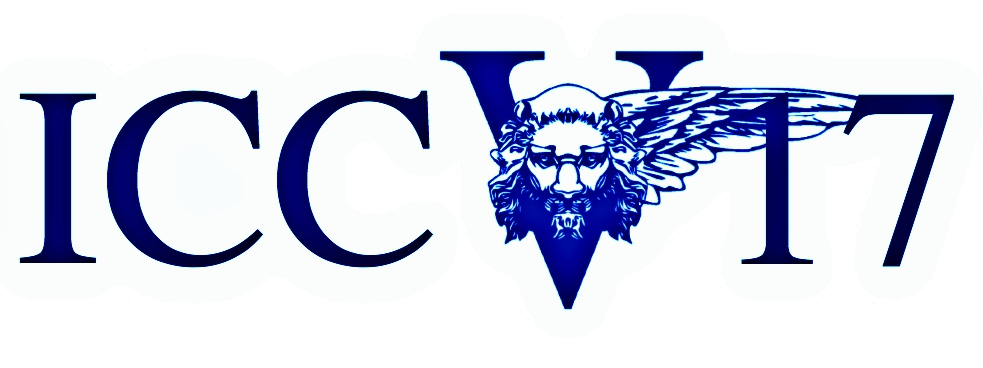-
Soft-NMS -- Improving Object Detection With One Line of Code
AbstractNon-maximum suppression is an integral part of the object detection pipeline. First, it sorts all detection boxes on the basis of their scores. The detection box M with the maximum score is selected and all other detection boxes with a significant overlap (using a pre-defined threshold) with M are suppressed. This process is recursively applied on the remaining boxes. As per the design of the algorithm, if an object lies within the predefined overlap threshold, it leads to a miss. To this end, we propose Soft-NMS, an algorithm which decays the detection scores of all other objects as a continuous function of their overlap with M. Hence, no object is eliminated in this process. Soft-NMS obtains consistent improvements for the coco-style mAP metric on standard datasets like PASCAL VOC 2007 (1.7% for both R-FCN and Faster-RCNN) and MS-COCO (1.3% for R-FCN and 1.1% for Faster-RCNN) by just changing the NMS algorithm without any additional hyper-parameters. Using Deformable-RFCN, Soft-NMS improves state-of-the-art in object detection from 39.8% to 40.9% with a single model. Further, the computational complexity of Soft-NMS is the same as traditional NMS and hence it can be efficiently implemented. Since Soft-NMS does not require any extra training and is simple to implement, it can be easily integrated into any object detection pipeline. Code for Soft-NMS is publicly available on GitHub
Related Material
[pdf] [arXiv][bibtex]@InProceedings{Bodla_2017_ICCV,
author = {Bodla, Navaneeth and Singh, Bharat and Chellappa, Rama and Davis, Larry S.},
title = {Soft-NMS -- Improving Object Detection With One Line of Code},
booktitle = {Proceedings of the IEEE International Conference on Computer Vision (ICCV)},
month = {Oct},
year = {2017}
}
These ICCV 2017 papers are the Open Access versions, provided by the Computer Vision Foundation.
Except for the watermark, they are identical to the accepted versions; the final published version of the proceedings is available on IEEE Xplore.
Except for the watermark, they are identical to the accepted versions; the final published version of the proceedings is available on IEEE Xplore.
This material is presented to ensure timely dissemination of scholarly and technical work.
Copyright and all rights therein are retained by authors or by other copyright holders.
All persons copying this information are expected to adhere to the terms and constraints invoked by each author's copyright.

